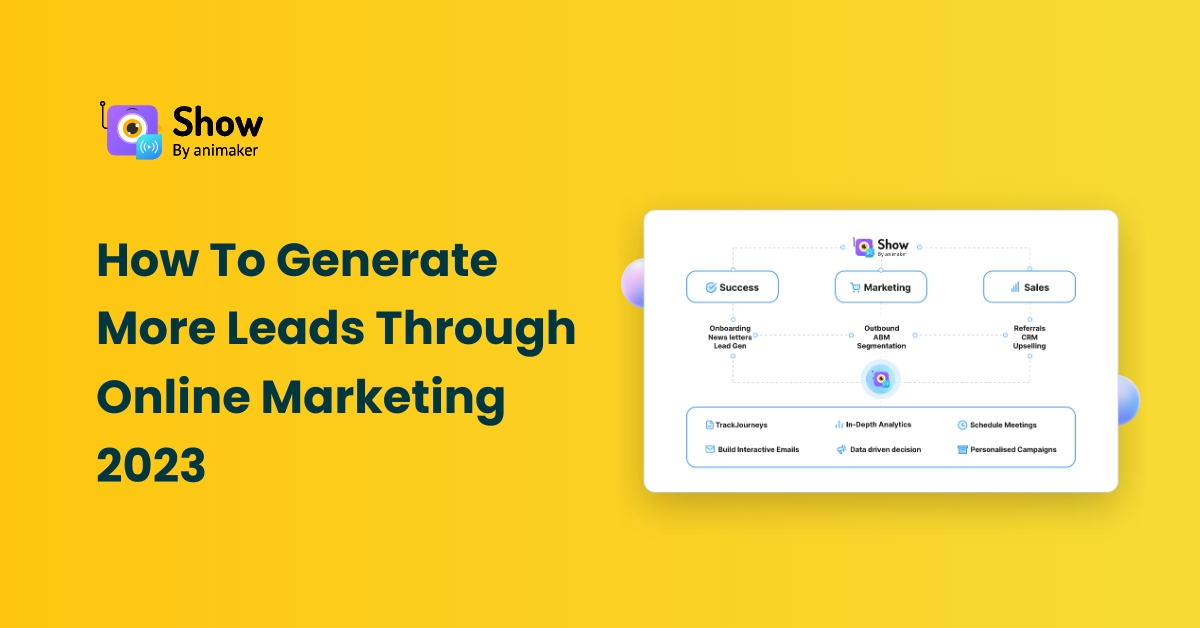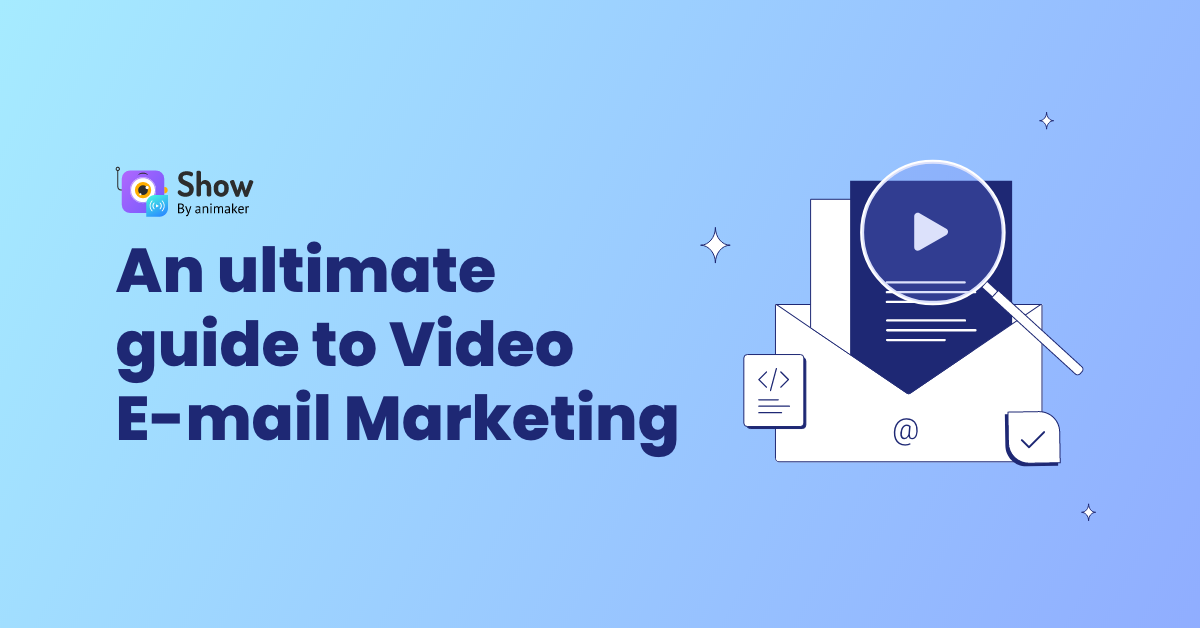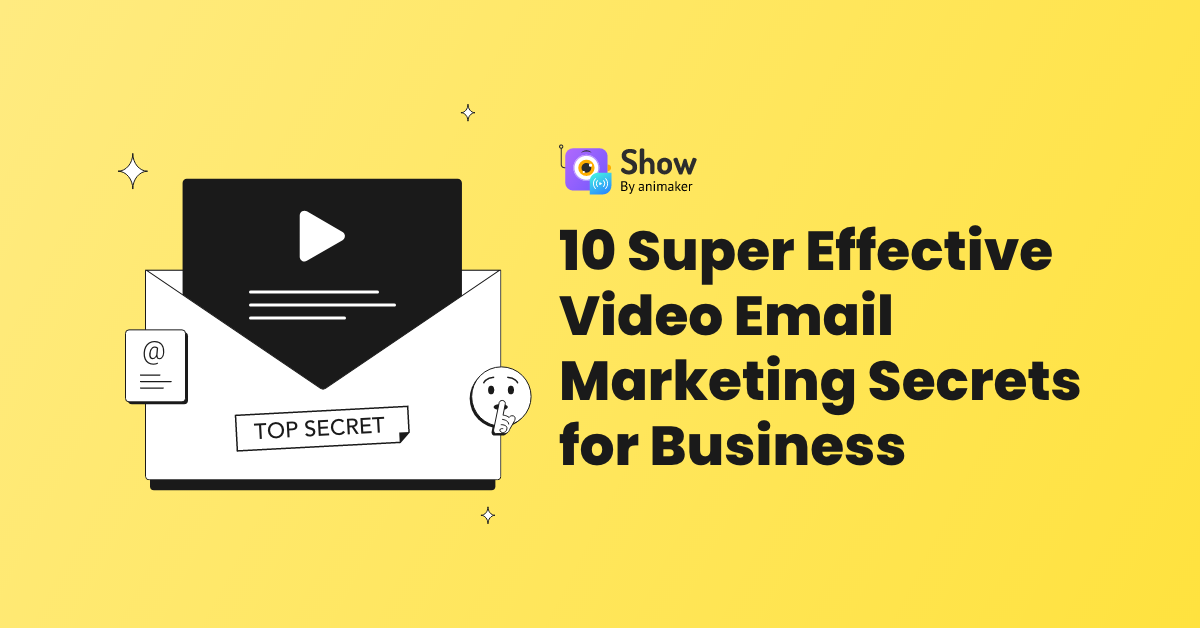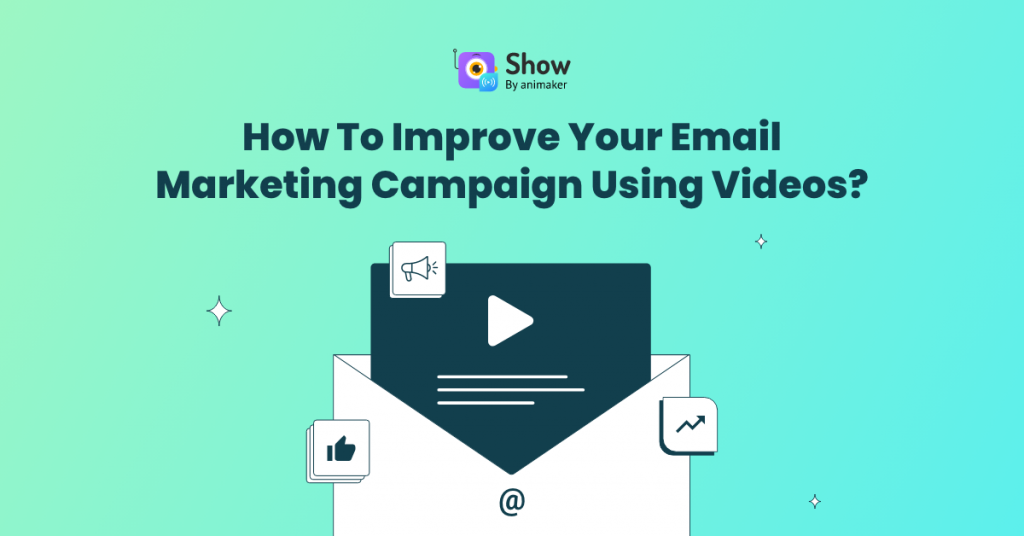Contents
Four Benefits of Email Lead Generation
Email Lead Generation Best Practices
2. Create a valuable opt-in offer
3. Create a simple opt-in form
5. Leverage lead scoring through email automation
9. Clean up your list regularly
How To Generate More Leads Through Email Marketing in 2023
Email marketing has long been recognized as a powerful tool for generating leads. By effectively utilizing email campaigns, businesses can reach their target audience, nurture relationships, and ultimately convert prospects into loyal customers. In this article, we will explore the concept of email lead generation, discuss its benefits, and provide best practices to help you generate more leads through email marketing.
What is Email Lead Generation?
Email lead generation is the process of capturing and nurturing leads through strategic email campaigns. It involves building a targeted email list and engaging with subscribers to convert them into potential customers. By employing various techniques, businesses can leverage email marketing to expand brand awareness, build relationships, provide value, and convert leads into loyal customers.
Four Benefits of Email Lead Generation
- Brand Awareness
Email marketing plays a crucial role in creating brand awareness among your target audience. By consistently delivering valuable content and relevant offers, you can establish your brand as an authority in the industry, ensuring your business remains top-of-mind when prospects are ready to make a purchase.
- Build Relationships with Potential Customers
Emails provide a direct and personalized channel to engage with potential customers. By delivering tailored content, nurturing leads, and addressing their pain points, you can build trust and establish meaningful relationships. This increases the likelihood of converting leads into loyal customers.
- Provide Value and Education to Prospects
Through email marketing, you can deliver valuable content and educational resources to your prospects. By offering insightful information, industry tips, and exclusive content, you position your business as a trusted resource, nurturing leads and increasing the chances of conversion.
- Convert Prospects into Loyal Customers
Email campaigns enable you to guide prospects through the sales funnel and convert them into loyal customers. By strategically crafting emails, highlighting the benefits of your products or services, and incorporating persuasive calls-to-action (CTAs), you can drive conversions and foster customer loyalty.
Email Lead Generation Best Practices
1. Target the right customers
Segmenting your email list based on demographics, interests, or previous interactions is crucial for effective lead generation. By tailoring your content and offers to specific groups, you increase relevance and engagement. For example, if you're a fitness brand, segmenting your list into categories such as weight loss, muscle building, or yoga enthusiasts allows you to provide targeted content and offers to each group.
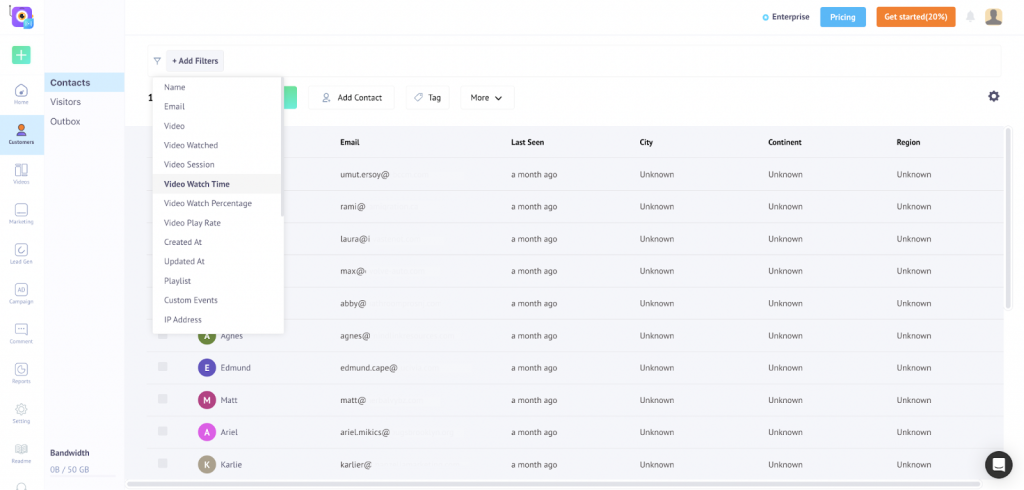
2. Create a valuable opt-in offer
To entice visitors to subscribe to your email list, offer a compelling opt-in incentive that provides value. This could be a free e-book, a discount coupon, or access to exclusive content. The opt-in offer should align with your audience's interests and address their pain points, motivating them to share their contact information.
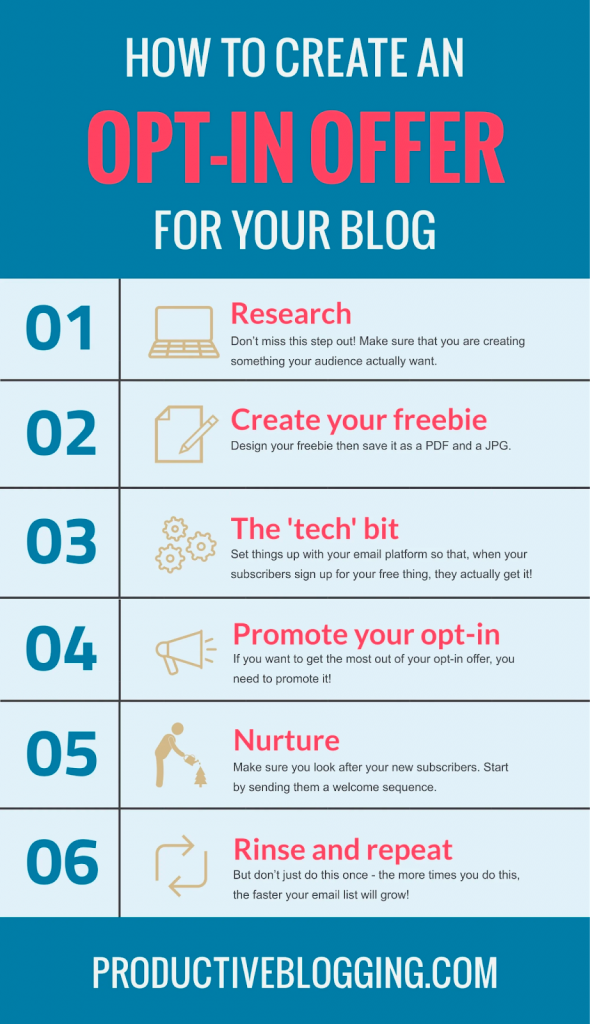
Image Source: Productive Blogging
3. Create a simple opt-in form
Keep your opt-in form concise and easy to complete. Minimize the number of required fields to reduce friction and increase conversion rates. Ideally, ask for only essential information such as name and email address. A clutter-free and visually appealing form enhances the user experience and encourages more sign-ups.
4. Optimize the landing page
Ensure your landing page aligns with your opt-in form and clearly communicates the benefits of subscribing. Use persuasive copy, visually appealing elements, and a strong call-to-action (CTA) to drive conversions. The landing page should highlight the value of joining your email list and address any concerns or objections that potential subscribers may have.
5. Leverage lead scoring through email automation
Implement an email automation system that assigns scores to leads based on their engagement levels and interactions. By tracking actions such as email opens, link clicks, and website visits, you can gauge the interest and quality of your leads. This allows you to prioritize follow-up emails and personalize content based on each lead's score, increasing the chances of conversion.
6. Be timely
Timing is crucial in email lead generation. Send your emails at strategic times to maximize open rates and engagement. Consider factors such as time zones, industry-specific peak hours, and the preferences of your target audience. Analyze data from previous campaigns to identify the optimal timing for sending your emails. Experiment with different sending times and track the results to refine your approach.
7. Personalize your emails
Personalization is key to creating meaningful connections with your subscribers. Use data you have gathered, such as their name, past interactions, or purchase history, to customize your emails. Address subscribers by their name and segment your emails based on their preferences or behavior. Craft personalized content that resonates with their needs, pain points, and interests. By making your emails relevant and tailored, you increase engagement and build trust with your leads.
8. Share relevant content
Deliver valuable and targeted content to your subscribers consistently. Share informative articles, industry news, product updates, and exclusive offers that align with their interests and needs. Providing value through your emails strengthens the relationship with your audience and positions your business as a trusted source of information. Use a mix of educational content, promotional offers, and engaging storytelling to keep your subscribers engaged and eager to open your emails.
9. Clean up your list regularly
Maintaining a clean and engaged email list is essential for successful lead generation. Regularly review your subscriber list and remove inactive or unengaged subscribers. Sending emails to unresponsive contacts can harm your deliverability and engagement rates. Implement re-engagement campaigns to win back inactive subscribers, and if they still don't engage, consider removing them from your list. This practice ensures that your emails reach an interested and responsive audience, improving your overall email performance.
10. Analyze your emails
Track and analyze the performance of your email campaigns to gain insights and improve your lead generation efforts. Monitor metrics such as open rates, click-through rates, conversion rates, and unsubscribe rates. Identify patterns and trends in subscriber behavior to understand what resonates with your audience. Use A/B testing to experiment with different subject lines, CTAs, or content formats to optimize your campaigns. Regularly evaluate your results and make data-driven decisions to refine your email strategies and enhance lead generation effectiveness.

Designing Email for Lead Generation
- Subject Lines
Craft compelling subject lines that pique the interest of your subscribers and entice them to open your emails. Use concise and impactful language while setting clear expectations about the content of the email.

- Brevity
Keep your emails concise and focused. Use short paragraphs, bullet points, and subheadings to make the content scannable and easily digestible. Be mindful of your subscribers' time and deliver your message efficiently.
- Imagery
Incorporate relevant and visually appealing images in your emails to capture attention and enhance the overall aesthetic. Optimize the image size to ensure fast loading times and compatibility across devices.
- Social Sharing
Include social sharing buttons in your emails to encourage recipients to share your content with their networks. This amplifies your reach and increases the potential for lead generation through referrals.
- Call-to-Action (CTA)
Place clear and persuasive CTAs within your emails to guide recipients toward the desired action. Use actionable language, create a sense of urgency, and ensure the CTA button stands out visually.
Conclusion
Email marketing remains a potent tool for lead generation when employed effectively. By implementing the best practices outlined in this article, you can maximize the potential of your email campaigns to generate more leads, nurture relationships with potential customers, and ultimately drive conversions. Stay consistent, test and optimize your strategies, and adapt to the evolving needs of your target audience to achieve long-term success in lead generation through email marketing.
